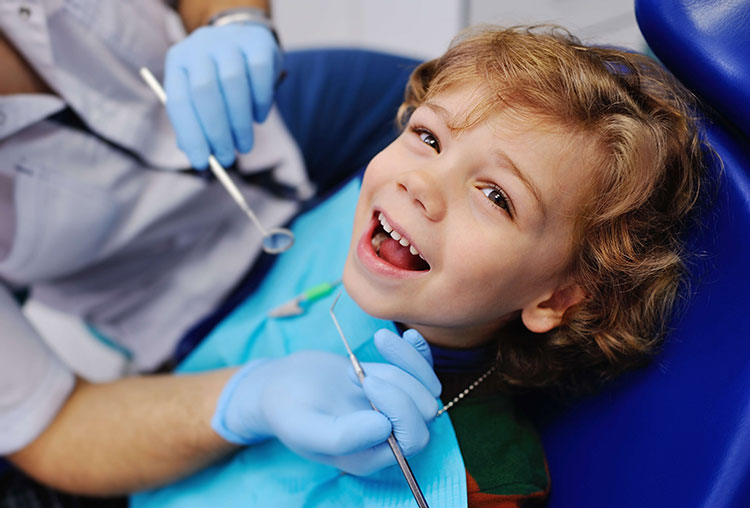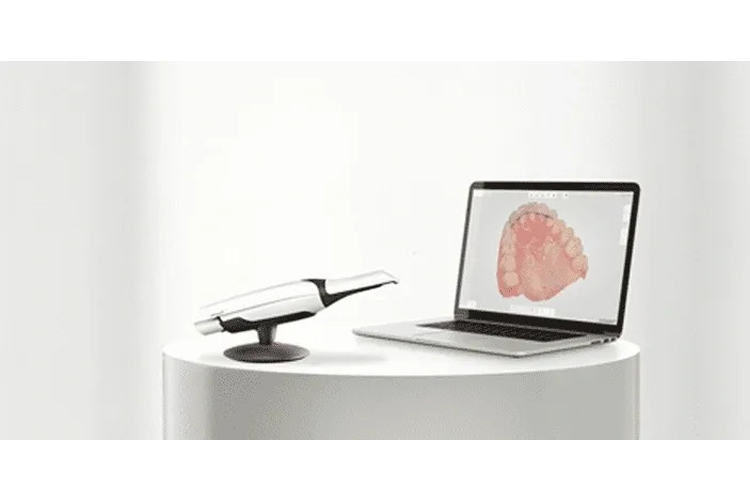Maintaining children’s teeth is a focus area of St. Lawrence Dentistry.
In heavily decayed children’s teeth, sometimes it is necessary to treat the tooth pulp. The tooth pulp is the middle portion of a tooth composed of connective, vascular, and lymphatic tissues. If this gets infected, it may become painful and need “pulp” therapy to salvage the tooth. For children, one of the ways Dr. Hawryluk protects the pulp for primary teeth is called Vital Pulp Therapy.
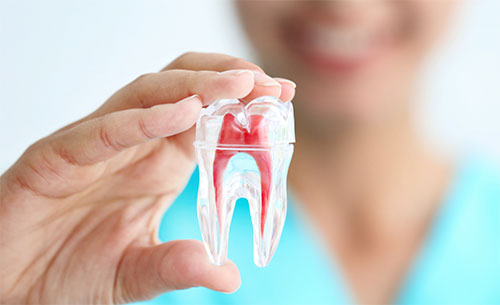
https://images.app.goo.gl/cjto6Vqyk75ykRue8
Vital pulp treatment for children’s dentition has developed and enhanced immensely over the last decade. As a result, St.Lawrence Dentistry has relatively new and reliable materials to provide predictable outcomes. The objective of pulp therapy is to maintain the health of the teeth and their supporting tissues.
There are several reasons why we try and preserve primary teeth which have been affected by extensive decay. These are:
- To maintain function so the child can eat properly.
- To prevent pain- we don’t want it to develop into a painful infected tooth.
- To eliminate infection and inflammation.
- To preserve esthetics – having missing teeth can be detrimental to the mental health of a child’s well-being, and the parents may also desire to maintain a complete dentition.
- To maintain the length of the dental “arch”. For example, removing a primary tooth can block the eruption of a permanent molar.
- To prevent damage to other oral tissues. For example, infected primary teeth can cause bone loss and can create situations challenging to remedy.
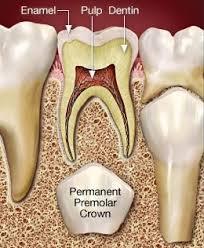
A “vital pulp” is composed of either normal or diseased tissue that responds to electric stimuli and heat and cold. In contrast, a non-vital pulp is a mass of dead tissues. Dr. Hawryluk offers three vital pulp therapy options for primary dentition (children’s first set of teeth). These are indirect pulp cap, direct pulp cap, and pulpotomy. The vital pulp therapy requirements are: the tooth must be vital, the pulp is normally responsive, the pulpitis (inflammation of the pulp) is reversible (capable of healing), and the tooth is restorable (fixable).
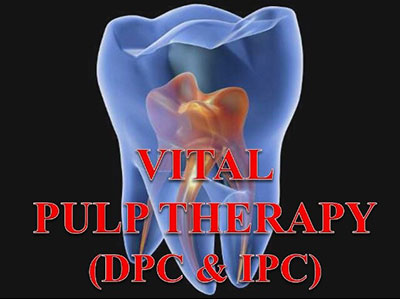
Dr. Hawryluk uses indirect pulp caps when the pulp is not inflamed or is reversibly inflamed. In these cases, the deepest decay is not all removed to prevent pulp exposure. The hope is the tooth will recover from the carious (cavity) insult or the mechanical insult it may have received. There is substantial evidence that it is not required to have complete caries removal for successful treatment provided that the restoration (tooth filling) can completely seal the remaining cavity from the oral environment. St. Lawrence Dentistry treats caries-affected dentin with biocompatible materials to produce a biological seal. In contrast, St. Lawrence Dentistry does a direct pulp cap on a primary or permanent tooth with a normal pulp following a small mechanical or traumatic exposure (of the dental pulp) and when optimal conditions exist for a favorable healing response.
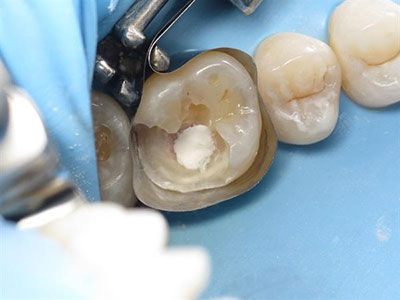
Our materials of choice for children’s pulp therapies are Theracal LC and Theracal PT. These are light-cured resin-modified calcium silicate materials. Dr. Hawryluk uses Theracal LC as a “pulp protectant” and Theracal PT explicitly for “pulpotomy” treatments (to be discussed later in this article). The favorable properties of the Theracal products, compared to other materials used in similar clinical settings, such as MTA or calcium hydroxide (dycal), are: superior handling, better mechanical properties, precise placement, are light-cured, are immediately restorable, and are durable.
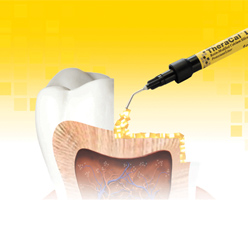
Theracal LC releases calcium that mechanically seals the pulp, promotes hydroxyapatite formation, and provides secondary dentin bridge formation. Hydroxyapatite is a biocompatible material naturally occurring in bones, teeth, and saliva. Our saliva uses it to remineralize our teeth, and it makes up 97% of our tooth enamel, 70% of dentin, and 60% of our bones. Secondary dentin is an extra layer of tooth structure that helps protect the dental pulp. Theracal LC has an alkaline pH which is advantageous because it will act as an antibacterial and promote healing and appetite formation. Not only does it act as a pulp protectant and liner, but it will also serve as an insulator. As a result, Dr. Hawryluk can use it for both indirect and direct pulp caps in primary and young permanent dentition.
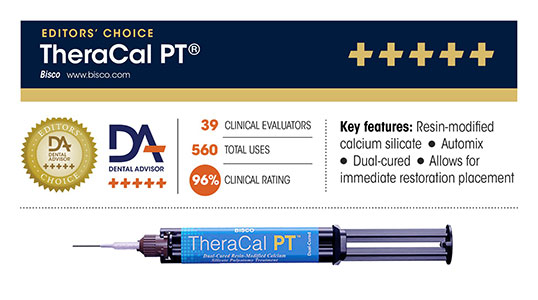
A pulpotomy is a dental procedure that can save a severely decayed tooth. In the pulpotomy procedure, we only take the coronal pulp out (and leave the pulp in the roots. Due to the bacterial assault, the pulp has a carious exposure and has limited recovery potential in these circumstances. The infected “coronal” portion needs removal, but the “radicular” part is still healthy and capable of recovery after amputation of the coronal pulp. The medicaments have changed over time for vital pulp therapy. Formocresol was the chief medicament for many years but has fallen out of favor for good reasons. Ferric Sulphate also can help in vital pulpotomies. It works fast and creates hemostasis at the pulp stumps. The problem with it, though is, the dentist must remove it entirely from the pulp stumps, or else it can lead to resorption of the root tips and failure. Electrosurgery and laser use are other methods. Dr. Hawryluk uses Theracal PT for pulpotomies in primary and young permanent teeth.
The technique of pulpotomy treatment is:
- Excavate the cavity.
- Amputate (remove) the coronal (top part) pulp.
- Achieve a blood clot.
- Treat the radicular pulp (pulp in root) with a medicament (such as Theracal).
- Seal the tooth with a ‘restoration’ – i.e., a filling or crown.

Another excellent material used at St. Lawrence Dentistry is “silver fluoride”. It can arrest dental decay. One regular inquiry Dr. Hawryluk gets is when it is better to use silver fluoride over the Theracal products. Dr. Hawryluk explains the placement of silver fluoride should never be close to the dental pulp- this is because we need a further distance from the pulp when we use caries arresting medicaments (as opposed to Theracal). Also, silver fluoride placement is possible when there are indistinct margins of dental decay. In contrast, Theracal products should have clearly defined ‘finish lines’ for their placement.
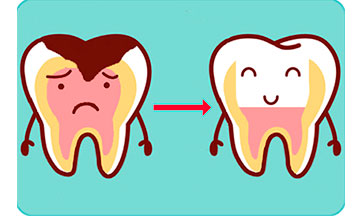
Thank you for reading our article. The location of our dental clinic is in the Port Credit district of Mississauga. We would be happy to serve you!
Reference: Carla Cohn: Vital Primary Pulp Therapy 2021, Viva Learning
- Sleep Dentistry: Enhancing Comfort and Care During Dental Procedures - July 11, 2024
- The Revolutionary Injection Molding Technique for Composite Veneers - June 27, 2024
- Why Are Third Molars Called “Wisdom Teeth”? - June 19, 2024



